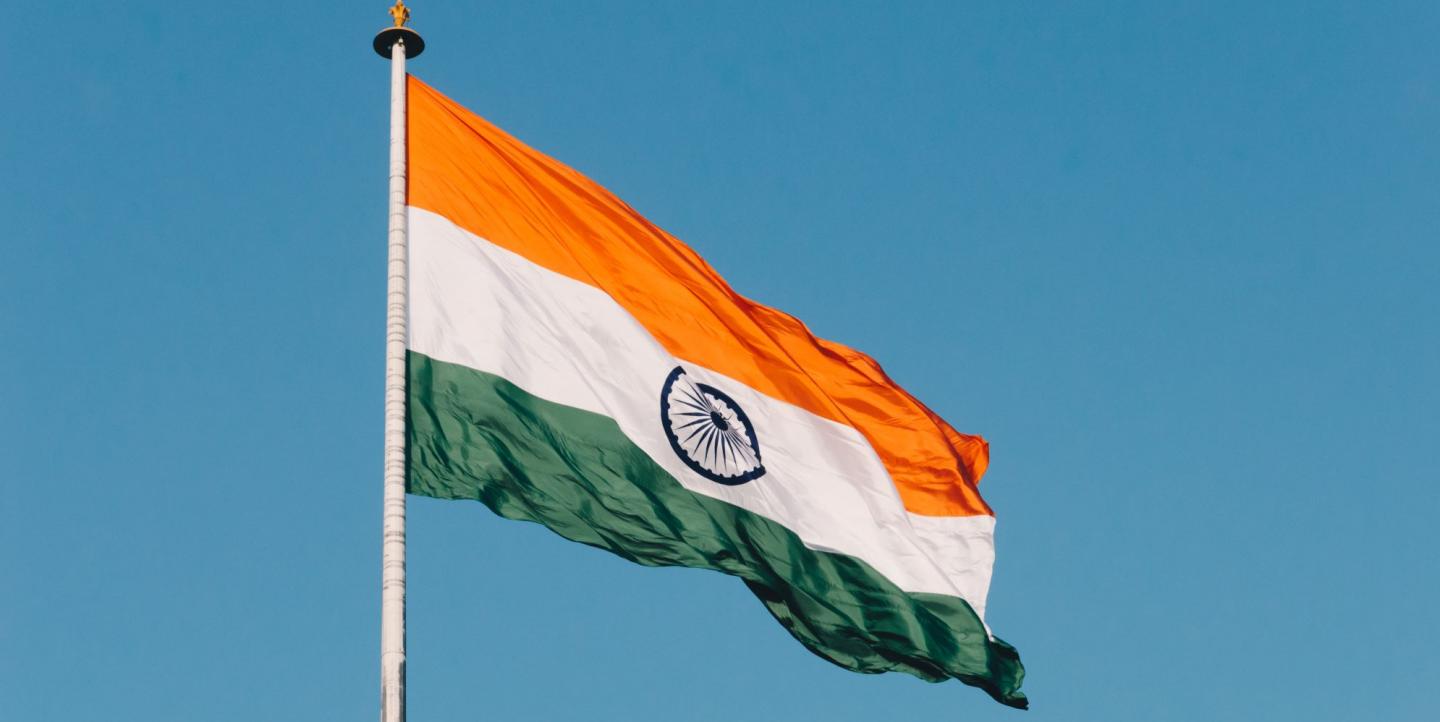Despite the pressures that have accompanied reporting during the pandemic, journalists continue to produce important stories that keep the public informed. There remains, however, a critical need to implement structures and systems in India to protect journalists and enable them to do their jobs well, urged journalist Annie Philip, a member of the Network of Women in Media, India.
Philip joined fellow journalist Safina Nabi, Cyril Sam, a research analyst at PROTO, and Amrita Tripathi, the founder and editor of The Health Collective during a recent ICFJ Global Health Reporting Forum webinar, to offer key takeaways for reporting on the pandemic in India.
“News organizations in India don’t care about their employees,” said Sam. “Journalists are working longer hours with less time off each week; most of their mental health is in shambles. Newsgathering has come down significantly looking at how the layoffs played out.”
A struggling industry
The media industry in India had been in a difficult spot already before COVID-19, with layoffs commonplace over the last five years due to tax reforms, industry shifts and demonetization, explained Sam. The pandemic stretched news organization budgets, resulting in less reporting and flexibility for freelancers, as well as the forced resignation of journalists despite government advisories against layoffs and salary cuts.
Twenty to 30% of all editorial staff in news outlets across the country have been laid off, and salary cuts have become more the norm, continued Sam. Newspaper circulations also dropped to 40% of pre-pandemic levels, specifically among English-language editions outside big cities like Mumbai and Delhi. Regional language journalists have been hit even worse, and many have had to cut back on their coverage, he added.
“The kind of pressure journalists are under, it’s never an easy job in India. Layoffs have made it that much more stressful,” said Tripathi.
[Read more: Trolley Times newsletter gives voice to protesting farmers in India]
Reporting amid the health risks
Although the Indian government designated journalists as frontline workers and some states have introduced insurance and treatment schemes to protect them, more needs to be done, said Philip.
The Network of Women in Media, India has compiled a list of journalists and media workers in the country who have died during the pandemic to honor their memory. The organization also put together demands for the government and the wider community, expressing concerns for the health and wellbeing of journalists. The demands include vaccination on a priority basis, flexible working conditions, legal protection, personal protective equipment (PPE) and insurance.
“Stress and fear — the fear of contracting COVID and spreading it to your family as reporters on the frontline is real,” said Tripathi. Freelance journalists and photojournalists are especially vulnerable despite having the freedom to choose their work, added Philip.
There are few protections even in other hostile reporting scenarios beyond the pandemic. Many have resorted to reporting for foreign publications as a result. Accreditation, PPE and even support from local press clubs is lacking, said Nabi.
Nabi and her family contracted the virus during the pandemic’s second wave in India. She explained how she wasn’t able to process her grief while living through the daily trauma at the time, which led to the second highest number of confirmed cases and third highest number of COVID-19 deaths in the world.
“I thought I was strong, [that] I could take care of everything, I can juggle any kind of situation, but I was completely messed up inside my head,” said Nabi. “It was a heavy, not only physical toll, but a mental toll because as a journalist going around doing stories, I could also feel the pain. It will take a long time for me to come out of that mental mess.”
[Read more: 5 tips for local media covering COVID-19 vaccination efforts]
Reporting while living the trauma
Conversations around mental health are happening more often, and so is reporting on the subject. However, in India it seems to be limited to the English-language news space, and lacks support systems to address the issues, said Tripathi.
“The second wave has really hit home to a lot of people and that is where another layer of complication comes in,” she said. “As the industry lays off people and there is so much competition … you’re forced to work longer hours. But the pressure to have to do a lot of that without a moment to process the grief … you are no longer reporting the story but living through the crisis for the last year and a half.”
Amid all this cumulative grief, secondary trauma and burnout, journalists are unable to take care of themselves and support systems are socially distant or sometimes non-existent. Additionally, there is a lack of comfort when talking about these issues, not knowing where to go for help and the stigma surrounding not only mental health and illness, but also contracting the virus itself, said Tripathi.
As the industry has been shaken to its core, journalists have shown up for each other. Organizations like The Health Collective have also set up a mental health hotline. “I was really privileged, there were so many people helping,” said Nabi.
The onus shouldn’t be on the individual, however — and yet, news organizations are a long way from prioritizing mental health as a collective responsibility. “The challenge here is how you can make this more structural,” said Tripathi. “There are very simple things you can put in place to protect the mental health of your employees. This is the time to start doing it.”
Photo by Naveed Ahmed on Unsplash.


